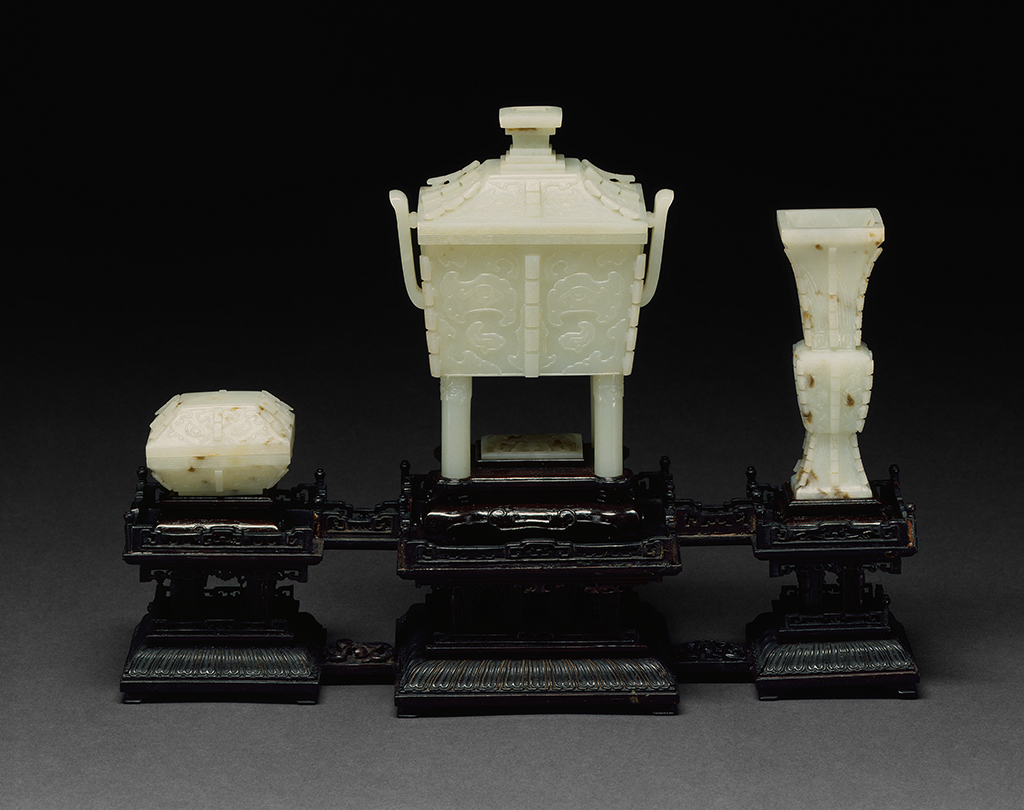
Culture/Country: China
Period: Qing dynasty (1644-1911)
Medium: Nephrite
Collection: Crow Collection of Asian Art
Accession Number: 1974.5
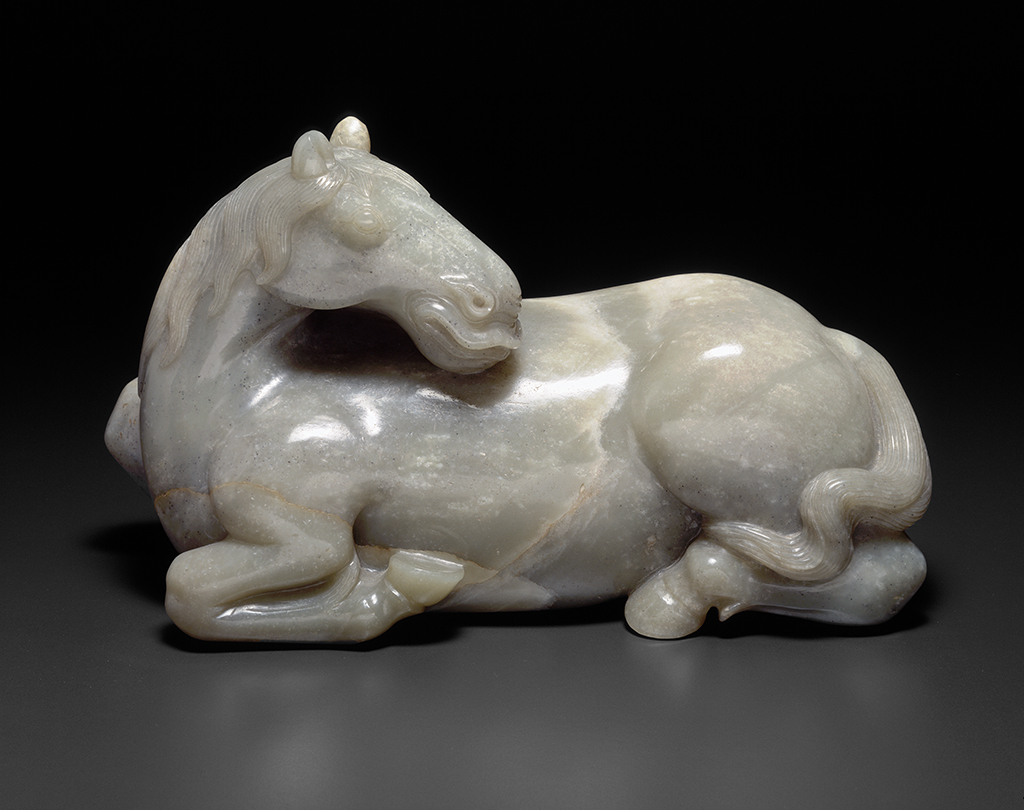
Culture/Country: China
Period: Qing dynasty (1644-1911)
Medium: Nephrite
Collection: Crow Collection of Asian Art
Accession Number: 1974.27
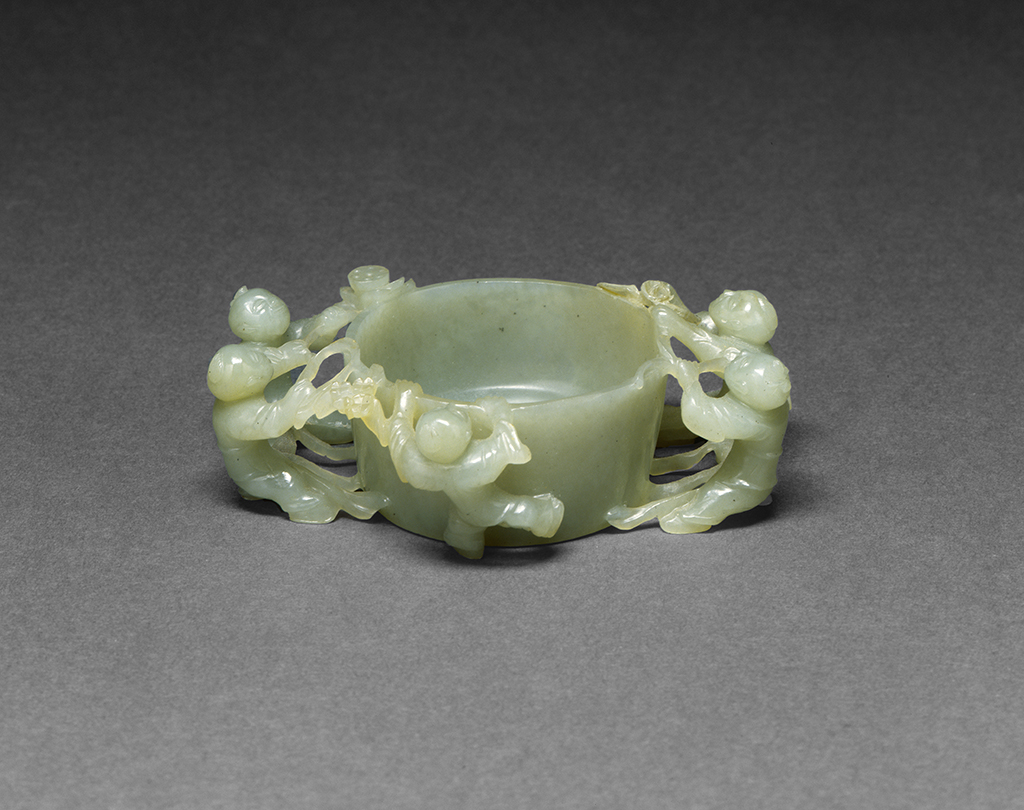
Culture/Country: China
Period: Qing dynasty (1644-1911)
Medium: Nephrite
Collection: Crow Collection of Asian Art
Accession Number: 1974.40
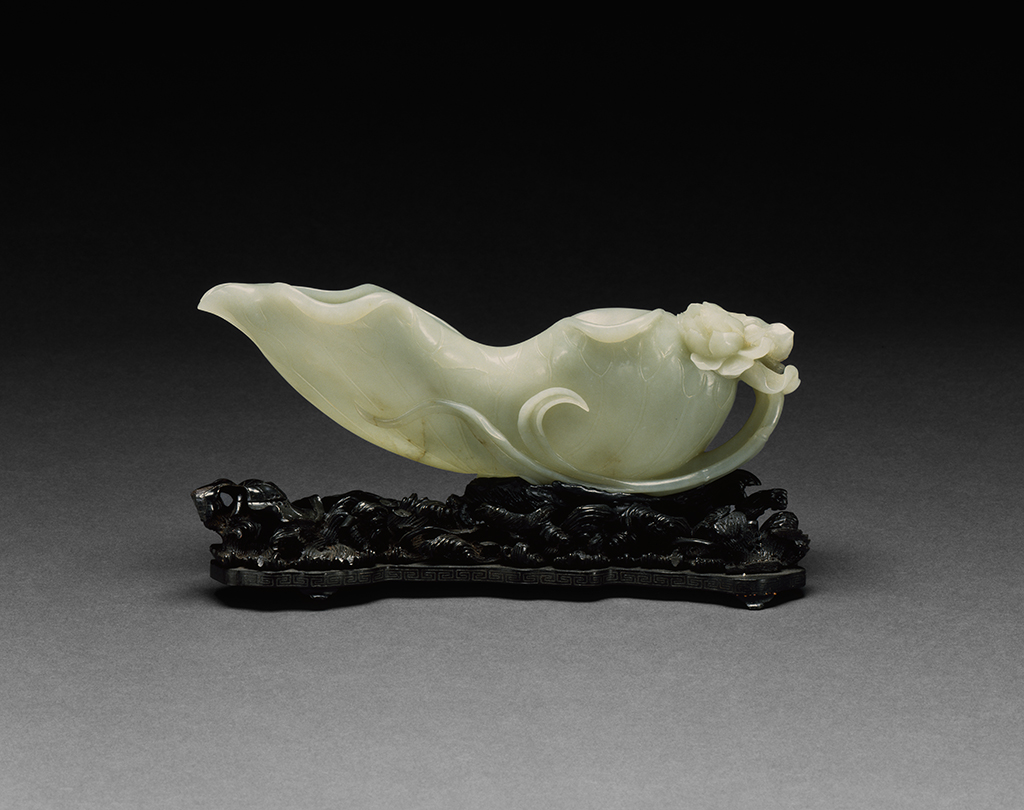
Culture/Country: China
Period: Qing dynasty (1644-1911)
Medium: Nephrite
Collection: Crow Collection of Asian Art
Accession Number: 1960.40
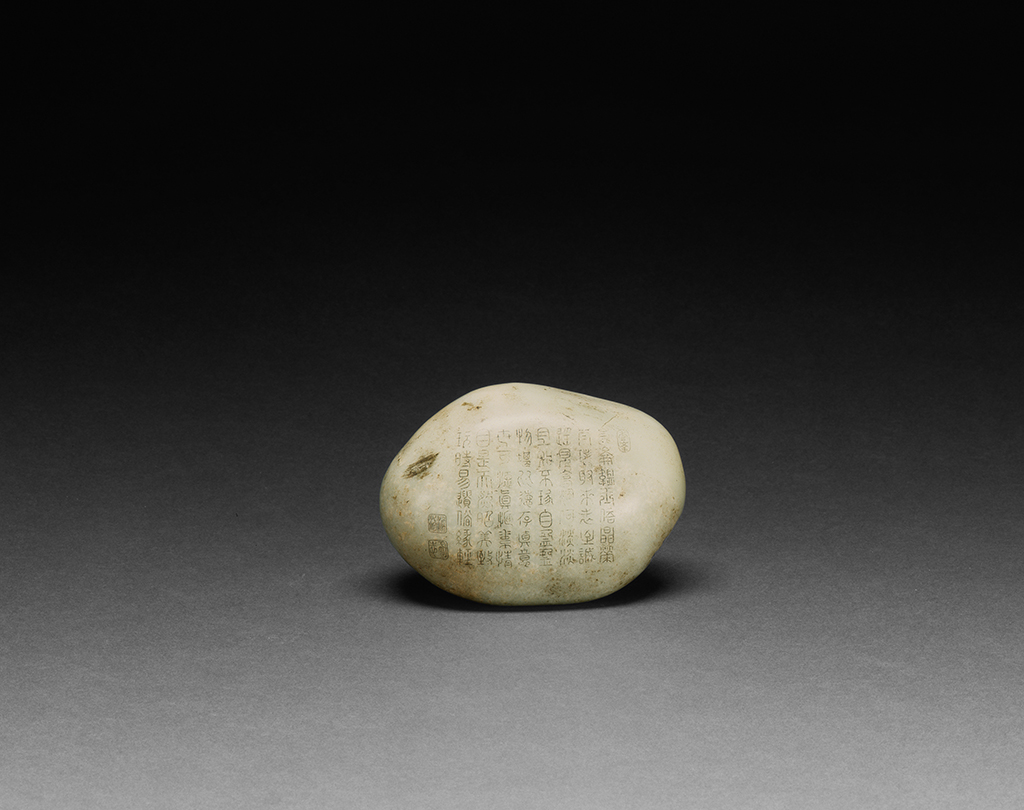
Culture/Country: China
Period: Qing dynasty (1644-1911)
Medium: Nephrite
Collection: Crow Collection of Asian Art
Accession Number: 1978.16
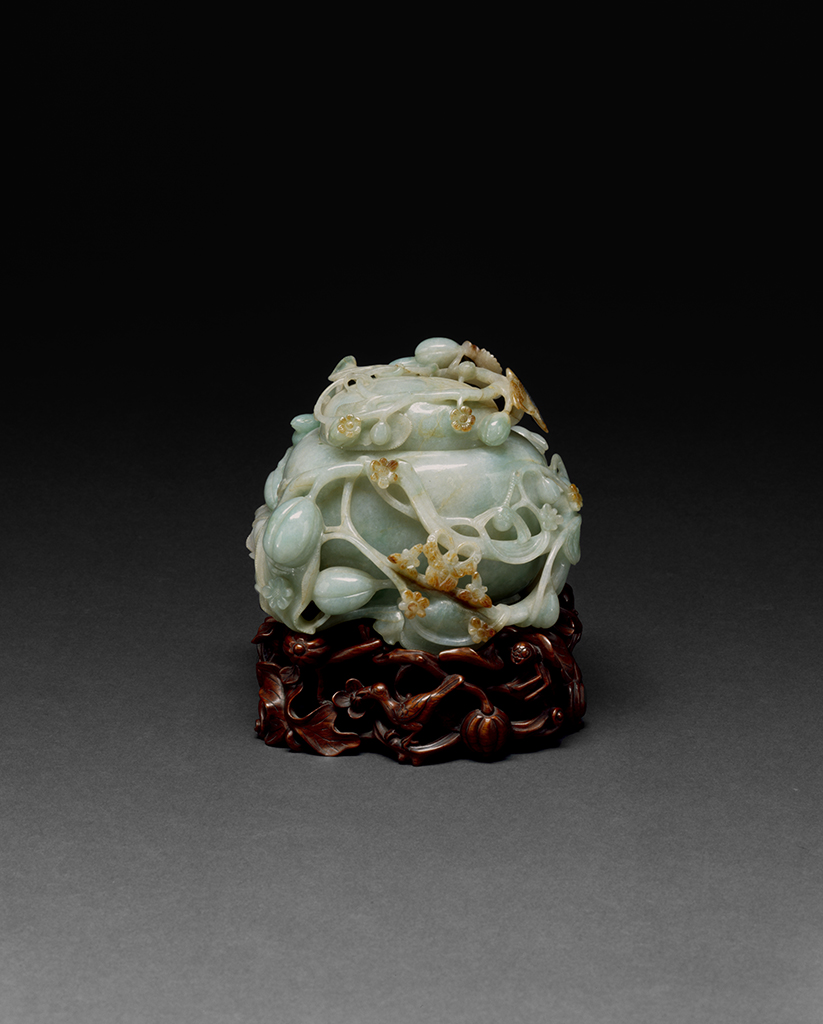
Jade is more than a stone; it is an ideal. Some 2,500 years ago, Confucius (Kong Qiu or Kongzi, 551-479 B.C.) provided a list of likenesses between particular sensual qualities of carved jades such as luster, surface angularity, and veining patterns and qualities of perfected human character such as benevolence, loyalty, and virtue. Confucius elaborated his meaning in a passage from the Book of Rites:
Anciently, superior men found the likeness of all excellent qualities in jade.
Soft smooth and glossy, it appeared to them like benevolence.
Fine, compact, and strong—like intelligence.
Angular, but not sharp and cutting—like righteousness.
Hanging down (in beads) as if it would fall to the ground like (the humility of) propriety.
When struck, yielding a note, clear and prolonged, yet terminating abruptly—like music.
Its flaws not concealing its beauty, nor its beauty concealing its flaws—like loyalty.
With an internal radiance issuing from it on every side—like good faith.
Bright as a brilliant rainbow—like heaven.
Exquisite and mysterious, appearing in the hills and streams—like the earth.
Standing out conspicuous in the symbols of rank—like virtue.
Esteemed by all under the sky—like the path of truth and duty.
For this exhibition, Chinese carved jades haves been chosen from the Crow Collection and matched with each of the equivalencies in Confucius’s text. Viewers are invited to test the relationship of sense qualities and character traits for themselves, and to seek understanding of these likenesses from within their own experience. This exhibition is in partnership with Confucius Institute.


